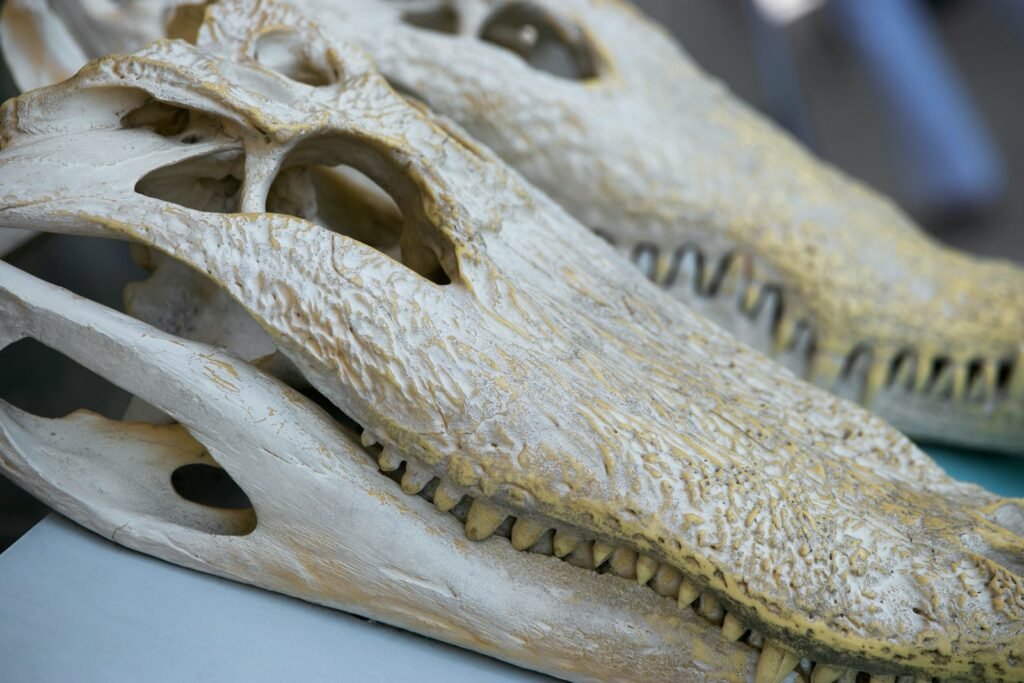Imagine a creature so gentle it earned the nickname “sea cow,” gliding gracefully through warm Florida waters, munching on seagrass as if it has not a single care in the world. Now picture that same animal, the manatee, facing threats so dire that its very existence teeters on a knife’s edge. Florida’s manatees have become icons—emblems of both incredible survival and heartbreaking vulnerability. Their story is one that stirs awe and worry in equal measure, weaving together science, history, and our own role in their fate.
The Ancient Lineage of Manatees
Manatees have been around for millions of years, evolving from land mammals that once roamed the earth. Their closest living relatives aren’t dolphins or whales, but rather elephants—a fact that surprises many. Paleontologists have found fossils of these gentle giants dating back to prehistoric times, showing how these creatures have adapted to changing climates and shifting continents. The lineage of manatees is a testament to nature’s creativity, with their paddle-shaped tails and flipper-like forelimbs marking a dramatic transformation from their terrestrial ancestors. Despite their ancient roots, manatees have remained relatively unchanged, a living window into a primeval world. Their slow pace and placid lifestyle have helped them survive—until modern times changed the rules of the game.
A Day in the Life of a Manatee
Manatees spend most of their days eating, resting, and slowly wandering through shallow rivers, bays, and coastal waters. Their primary diet is seagrass, which they graze on for up to eight hours a day, consuming nearly 10% of their body weight daily. Watching a manatee feed is mesmerizing—they use their flexible lips to grasp and rip vegetation, moving with an unhurried grace. When not eating, they rest on the riverbed or float near the surface, occasionally surfacing for air with a gentle, almost comical puff. Manatees are highly social, sometimes gathering in loose groups, especially during colder months when they seek out warm springs. Their days are simple, yet every moment is a delicate dance with their ever-changing environment.
The Warmth They Seek: Manatees and Florida’s Springs
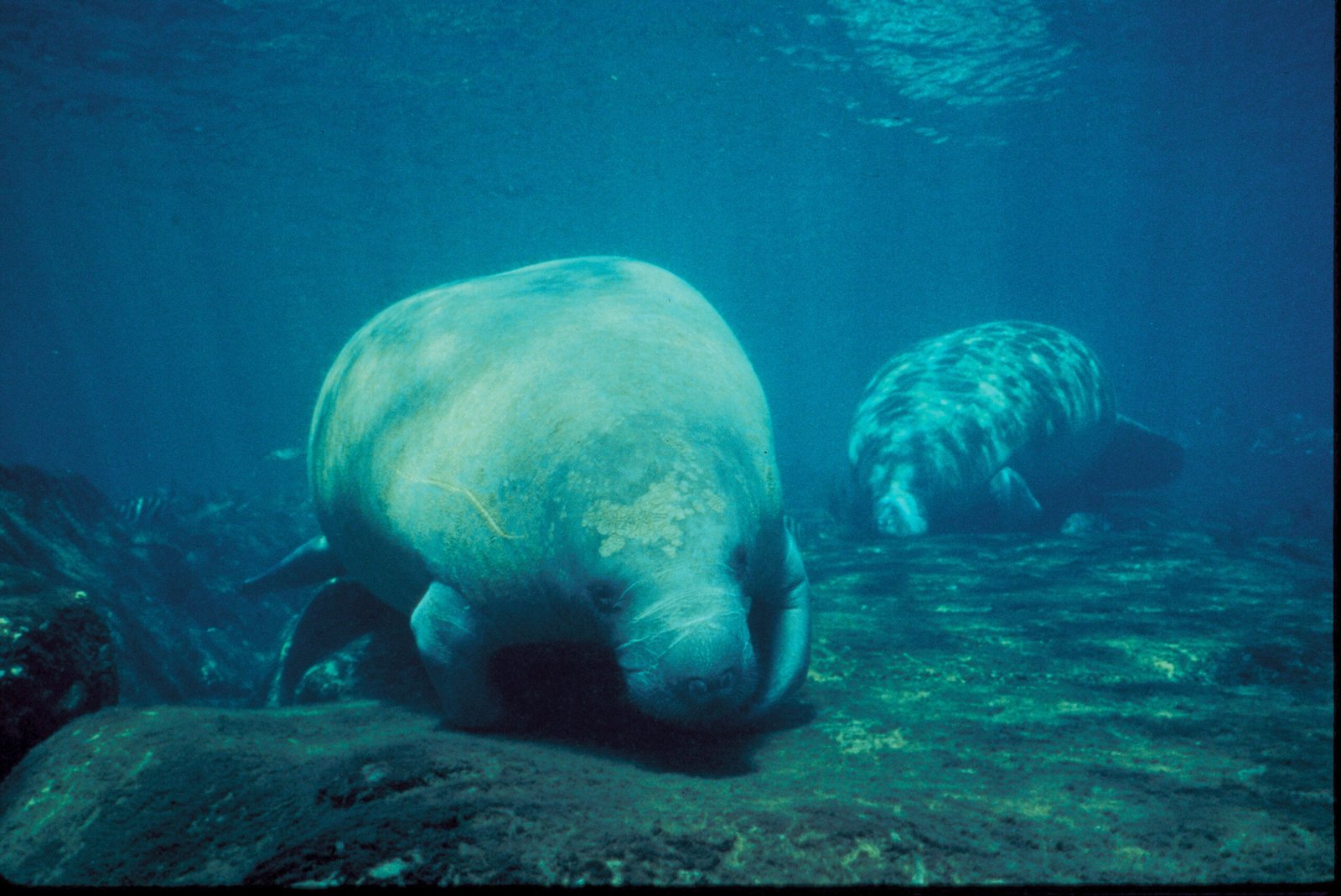
Florida’s natural springs provide a critical refuge for manatees during the winter months. When ocean and river temperatures drop below 68°F (20°C), manatees seek these warm havens to avoid cold stress, which can be fatal. The springs, fed by underground aquifers, offer a steady supply of warm water and have become gathering spots for hundreds of manatees each year. These places are not only vital for survival but also offer a rare chance for humans to observe manatees up close. However, as groundwater use increases and springs become degraded or blocked, this lifeline is under threat. The relationship between manatees and Florida’s springs illustrates how fragile their habitat really is.
Facing the Boat Propeller: A Deadly Modern Threat
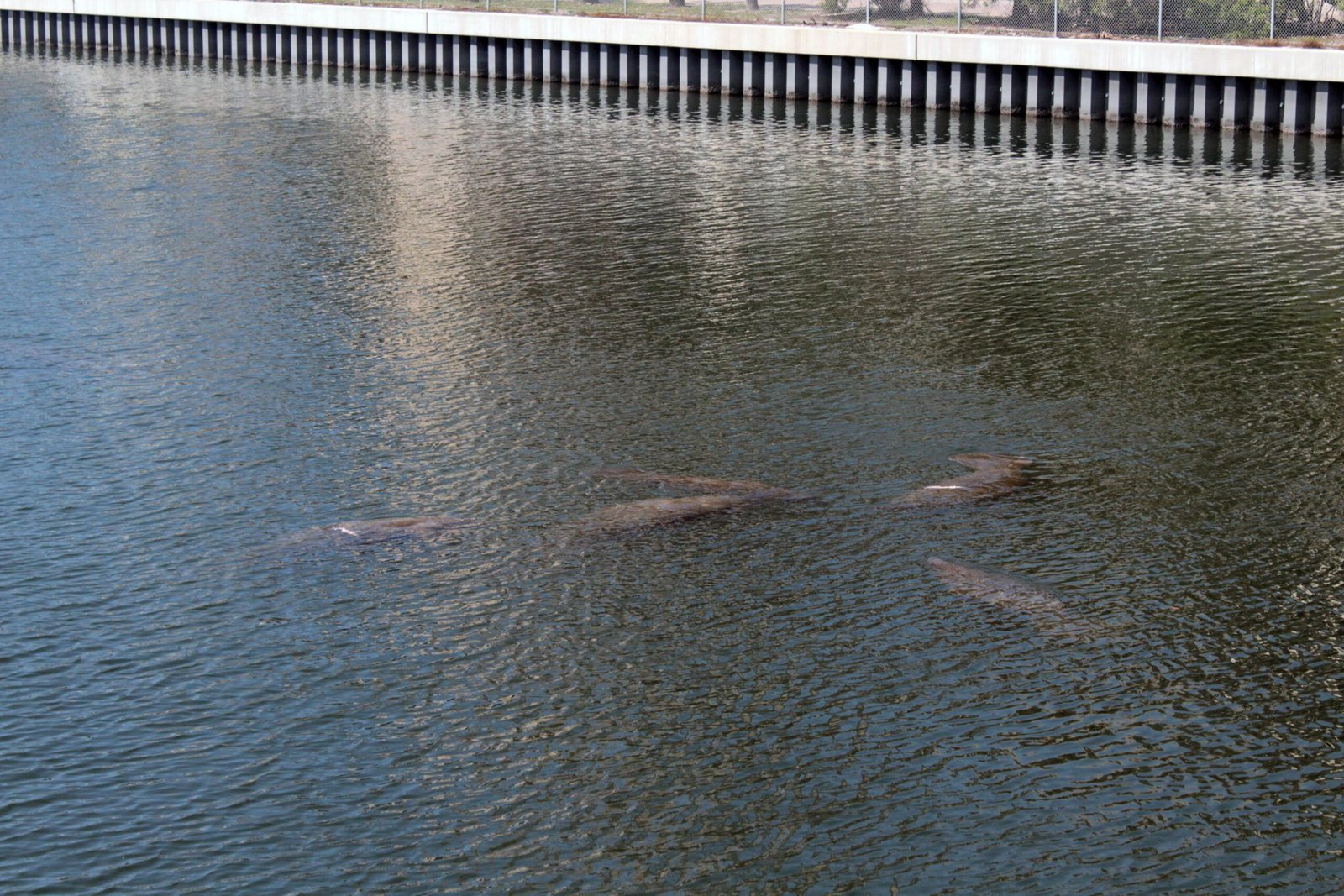
Boat collisions are one of the leading causes of manatee injuries and deaths in Florida. With their slow movement and tendency to float near the surface, manatees are heartbreakingly easy targets for fast-moving watercraft. The telltale scars on many manatees’ backs are grim reminders of these encounters. Despite regulations such as slow-speed zones and awareness campaigns, the boom in boating and coastal development has only increased the risk. For some, those scars have become badges of survival, but for too many, collisions are fatal. The challenge lies in balancing human recreation with the needs of these vulnerable creatures.
The Seagrass Crisis: A Shocking Food Shortage
Seagrass, the primary food source for manatees, is disappearing at an alarming rate in Florida. Pollution from runoff, algae blooms, and coastal construction have decimated vast underwater meadows, leaving manatees with little to eat. This crisis reached a breaking point in 2021 and 2022, when hundreds of manatees starved to death in the Indian River Lagoon. The sight of emaciated manatees struggling for survival shocked the public and scientists alike. Seagrass restoration efforts are underway, but recovery is slow, and every lost acre is a blow to the manatee’s future. Their plight serves as a warning about the interconnectedness of our ecosystems.
Pollution: The Invisible Killer
Water pollution is a silent but deadly enemy for manatees. Chemicals from agriculture, lawns, and industry find their way into rivers and estuaries, fueling harmful algae blooms that cloud the water and smother seagrass beds. Some toxins can also directly harm manatees, causing illness or death. Microplastics and debris add another layer of risk, sometimes ingested by mistake. The impact of pollution is often invisible at first, but its effects ripple through the food web, ultimately landing on the manatees’ dinner plate. Cleaning up our waterways isn’t just about aesthetics—it’s about survival for Florida’s most iconic marine mammal.
Climate Change: A Double-Edged Sword
Climate change brings both new challenges and unexpected shifts for manatees. Warmer winters might seem like a blessing, reducing cold stress deaths. But rising sea levels threaten to flood freshwater habitats, and more intense storms stir up pollution and destroy seagrass beds. Changes in rainfall patterns can alter salinity and water flow, making once-safe havens inhospitable. Scientists are racing to understand how these changes will play out, but one thing is clear: manatees are caught at the center of a rapidly shifting world. Their resilience is remarkable, but the pace of change may be faster than they can handle.
Manatees in the Eyes of Floridians
To many Floridians, manatees are more than just wildlife—they’re neighbors, mascots, and even friends. Local festivals celebrate their presence, and sightings are treasured moments for residents and tourists alike. Children learn about manatees in school, and “Save the Manatee” bumper stickers are a common sight on Florida highways. This deep cultural connection has fueled grassroots conservation efforts and inspired thousands to speak up for manatees. The emotional bond between people and manatees is a powerful force, giving hope even in the darkest times.
The Role of Science in Saving Manatees
Scientific research has played a crucial role in protecting Florida’s manatees. Biologists track their movements with satellite tags, monitor population health, and study how environmental changes affect their survival. Advances in veterinary care have made it possible to rescue and rehabilitate injured or orphaned manatees, returning many to the wild. Genetics studies are shedding light on population diversity and resilience, offering new tools for conservation planning. Every data point gathered is a piece of the puzzle, helping guide policy and action on the ground. The partnership between science and advocacy is vital for ensuring a future for manatees.
Legal Protections: From Endangered to Threatened
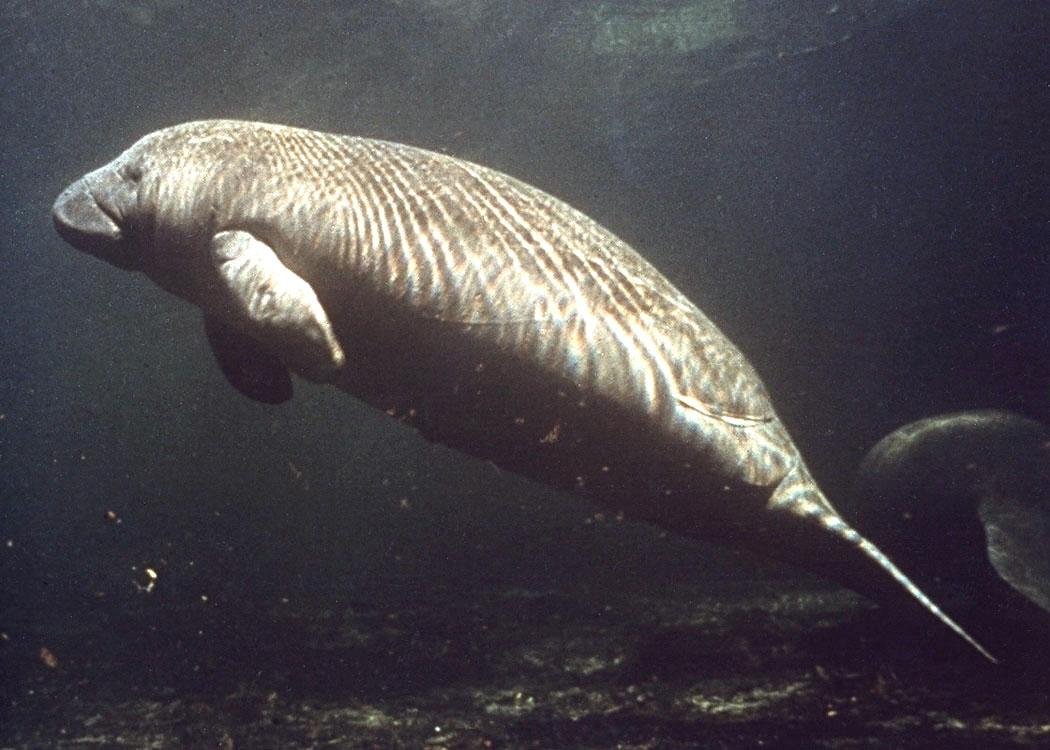
Manatees were once listed as endangered under the Endangered Species Act, granting them the highest level of legal protection. In 2017, their status was downgraded to threatened after population numbers showed signs of recovery. While this was seen as a victory by some, others warned it might be premature, as underlying threats persisted. Legal protections include habitat safeguards, speed zones for boats, and restrictions on harassment or injury. The debate continues over whether current laws are strong enough, or if more urgent measures are needed in light of recent die-offs. The legal status of manatees is more than a label—it shapes their chances of survival.
Rescue and Rehabilitation: A Second Chance
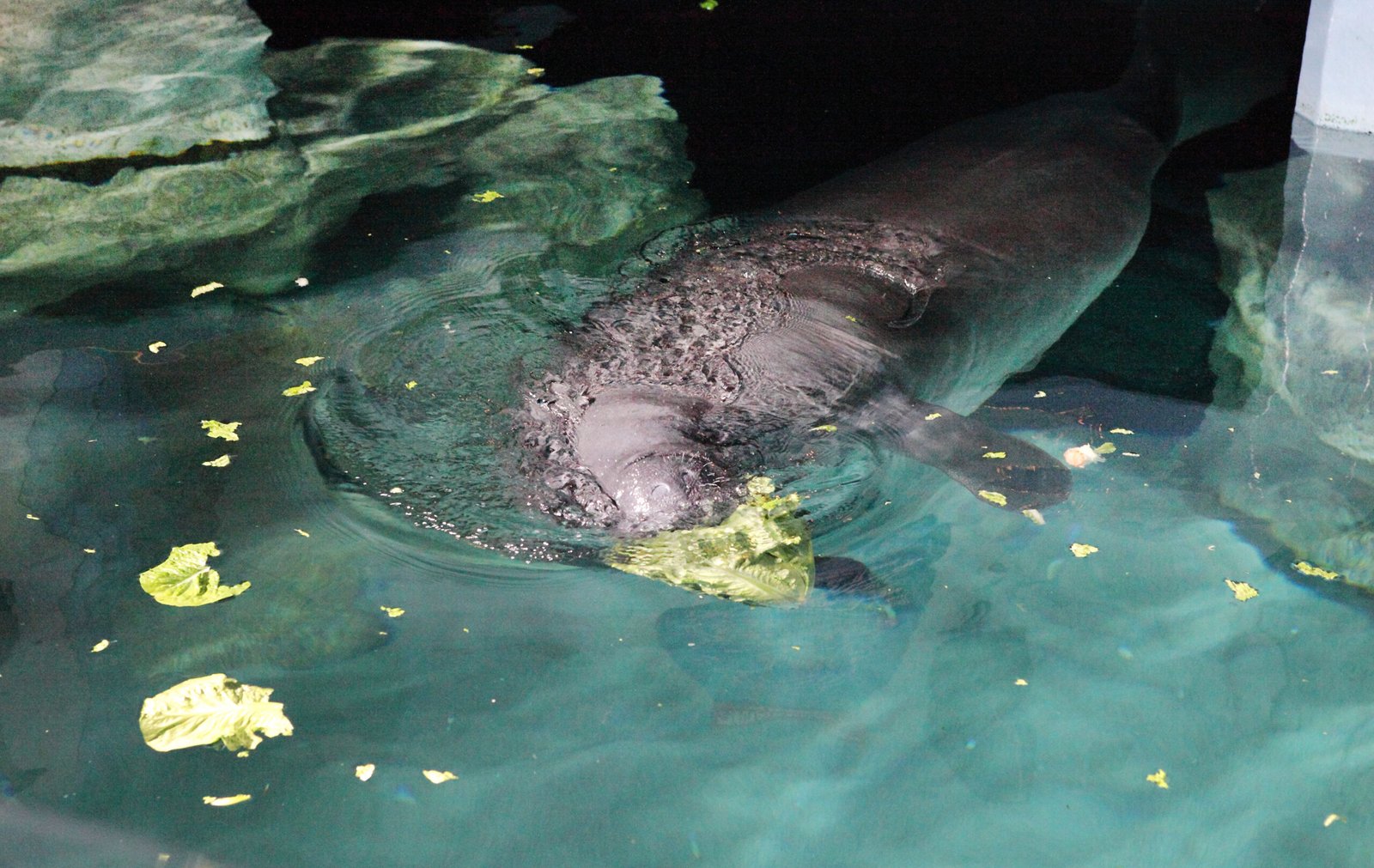
When manatees are found injured, sick, or orphaned, a network of rescue teams springs into action. Facilities like the Manatee Rehabilitation Center at ZooTampa and SeaWorld Orlando provide emergency care, nursing animals back to health. The stories of rescued manatees are both heartbreaking and inspiring: some have survived boat strikes, others have been nursed from near starvation. Rehabilitation is complex, often requiring months or even years before a manatee is strong enough to return to the wild. Each successful release is a small victory, a testament to human compassion and the power of second chances.
Tourism: Boon or Bane?
Manatee tourism is big business in Florida, drawing visitors from around the world to swim, kayak, or boat near these gentle giants. Encounters can be magical—a brush with a wild animal that leaves a lasting impression. But crowds and careless visitors can stress manatees, disrupt their natural behavior, or even cause harm. Regulations and education campaigns aim to minimize these impacts, encouraging responsible wildlife viewing. When done right, tourism creates ambassadors for manatees and funds for conservation. When done wrong, it adds yet another risk to their fragile existence.
Manatees and Indigenous Stories
Long before European settlers arrived, Florida’s indigenous peoples revered manatees. Some tribes believed manatees were sacred, weaving them into creation myths and oral histories. Ancient shell middens contain manatee bones, evidence of both reverence and sustenance. These stories remind us that manatees have been part of Florida’s human landscape for millennia. Honoring this heritage means recognizing the deep connections between nature, culture, and community. Today, indigenous voices are increasingly included in conservation efforts, adding wisdom and perspective to the fight for manatees.
Hope on the Horizon: Conservation Success Stories
Despite the many threats, there are glimmers of hope for Florida’s manatees. Restoration projects have brought seagrass back to once-barren lagoons, and stricter speed zones have reduced boat strikes in some areas. Public awareness is at an all-time high, with schools, businesses, and local governments joining forces to protect manatee habitat. The success of rescue and rehabilitation programs is a reminder that dedicated action can make a real difference. Each manatee saved, each acre of habitat restored, is a beacon lighting the way forward.
Citizen Science: Everyday People Making a Difference
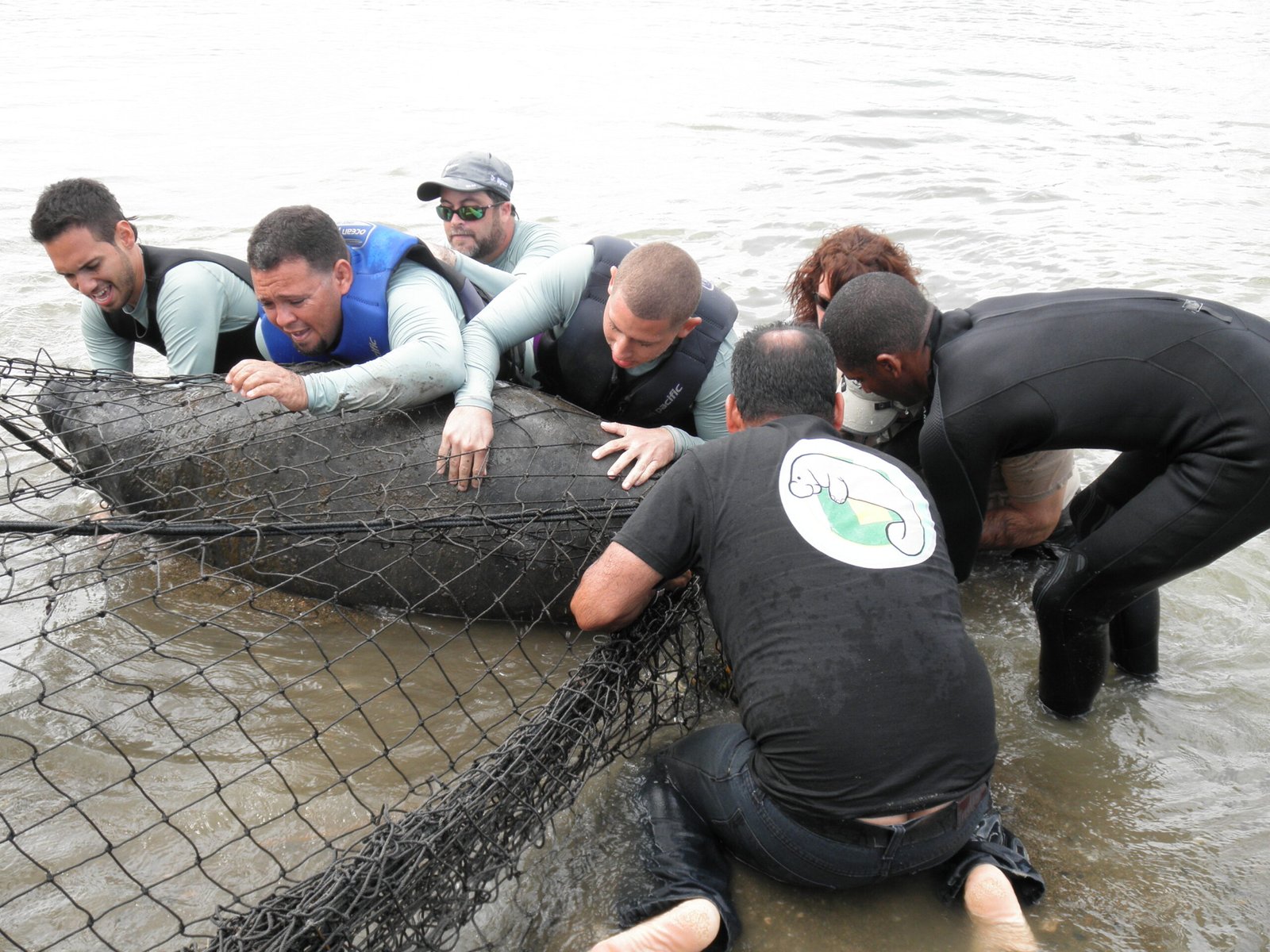
Anyone can help protect manatees, and citizen science projects are giving ordinary people a chance to get involved. Volunteers monitor water quality, report sightings, and even participate in seagrass planting events. Smartphone apps make it easy to log manatee encounters, providing valuable data for researchers. Community cleanups remove trash and debris that can threaten both manatees and their food sources. The sense of connection grows stronger when people see the results of their efforts firsthand. In the fight for manatees, every pair of hands counts.
The Ongoing Mystery of Manatee Intelligence
Scientists are continually amazed by manatees’ intelligence and adaptability. Manatees have excellent long-term memory, can learn to navigate complex environments, and even recognize individual humans. Their gentle curiosity and playful behaviors reveal a hidden depth often overlooked. Researchers study their communication—soft chirps, squeaks, and whistles exchanged between mothers and calves or within groups. Understanding the inner world of manatees not only enriches our appreciation but also informs better ways to protect them. The more we learn, the more we realize how much there is still to discover.
Manatees as Environmental Sentinels
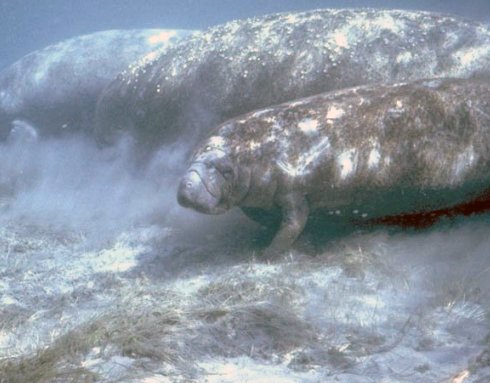
Manatees are more than just charming creatures—they’re living barometers of ecosystem health. When manatees thrive, it’s a sign that waters are clean, seagrass is abundant, and habitats are intact. When they struggle, it’s a warning that something is wrong—a canary in the coal mine for Florida’s waterways. As sentinels, manatees help scientists and policymakers track the health of coastal environments, guiding restoration and protection efforts. Their fate is intimately tied to the fate of the places they call home.
Why Manatees Matter More Than Ever
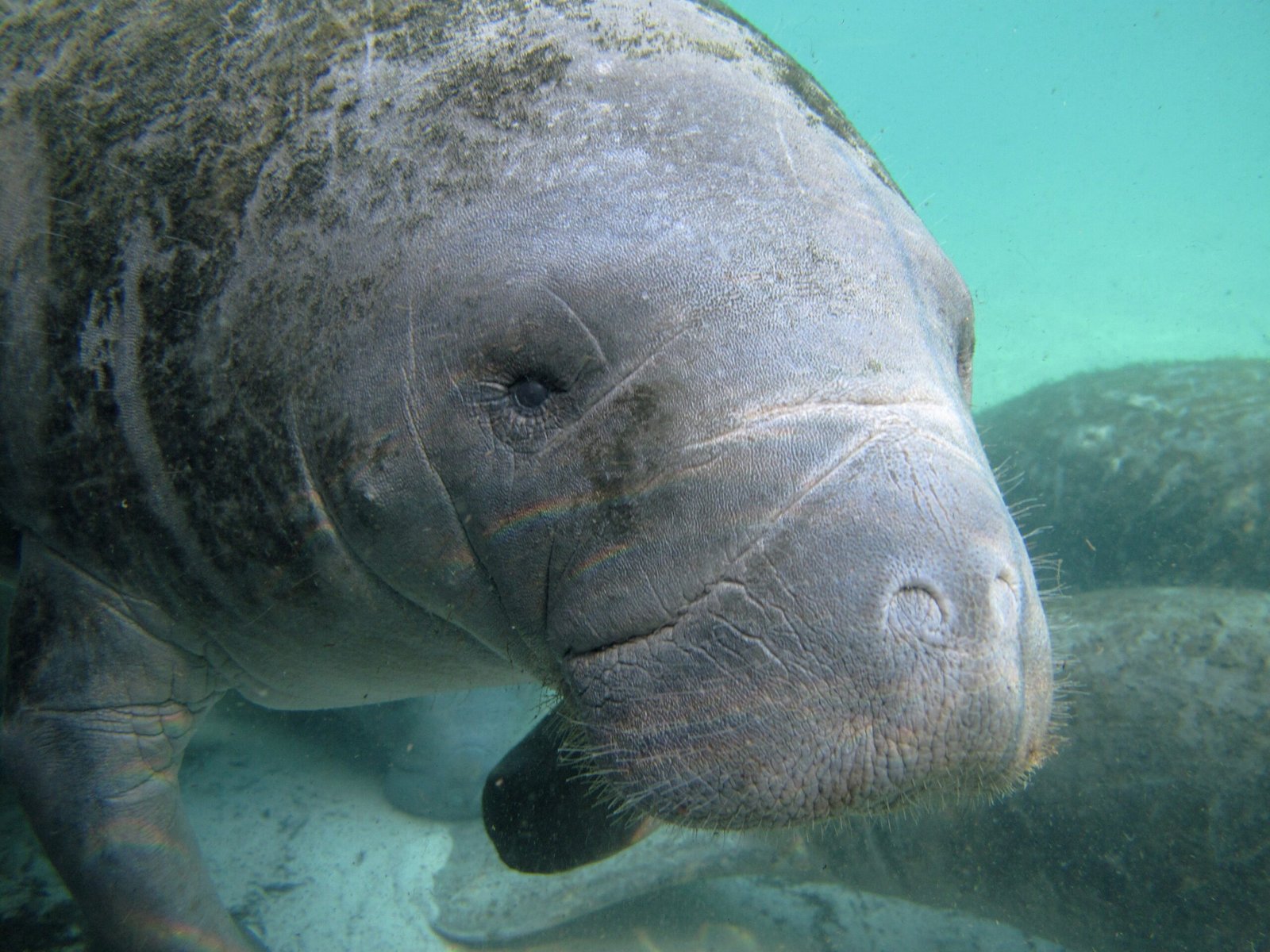
In a world of rapid change, manatees remind us what’s at stake. Their struggle for survival mirrors our own challenges—balancing growth with stewardship, technology with tradition, and comfort with responsibility. Manatees are more than symbols; they are living, breathing reminders of our power to destroy and to heal. Their resilience in the face of adversity inspires hope, but their risks are a sobering call to action. The choices we make today will determine whether future generations marvel at manatees in the wild or only in memory. What will you choose?



